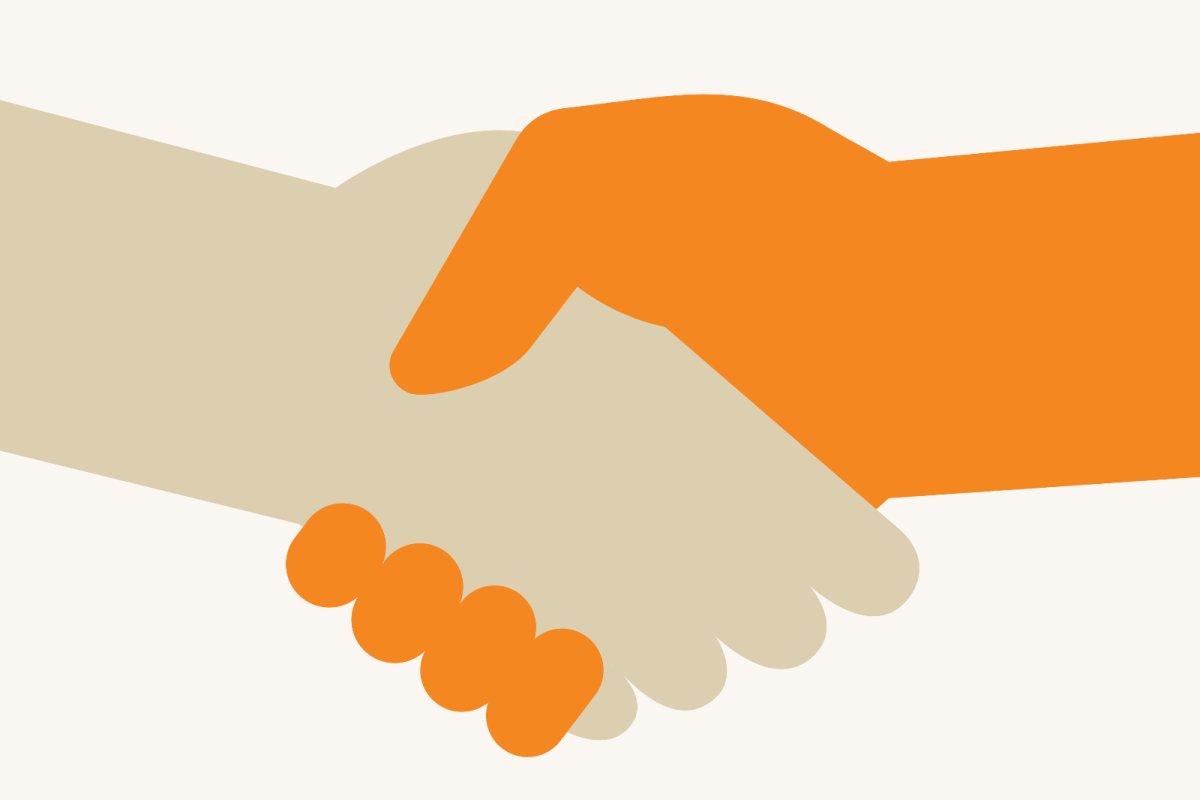Community needs assessments are part of a community development approach. Communities are often best placed to identify the barriers they face in achieving community wellbeing (health, economic, social, environmental, and cultural). Often identifying factors that aren’t necessarily available through data or wider reports.
Communities understand the assets that already exist in their communities that will help achieve community wellbeing. Communities can identify the success factors for any new service or products.
‘It provides a framework for developing and identifying services and solutions and building communities that support and nurture everyone living working and visiting’. [1]
Community Needs Assessments identify the strengths and resources available in the community to address the needs of that community. The assessment focuses on the capabilities of the community (assets), including its citizens, agencies, and organisations. It provides a framework for developing and identifying services and solutions and building communities that support and nurture everyone living, working, studying, and visiting.
A community assessment may be limited to a compilation of demographic data from census records, results of surveys conducted by others, and informal feedback from community partners.
Or, assessments may be expanded to include asset mapping, focus group discussions, town meetings, interviews with stakeholders, and telephone or postal surveys to partnership members and the community.
An example of a Community Needs Assessment Approach
1: Data collection and understanding
- Sources: Office of National Statistics, local authority, GLA data sources, Universities, industry.
- Demographic information: information about a target population (physical or other) includes age, ethnicity, religious belief, sexual orientation, disability, employment, income, health outcomes.
- Behaviour factors: e.g. smoking, dietary preferences, breastfeeding, service use.
- Environmental factors: factors which impact on that target populations; green space, crime rates, regeneration.
2: Identify and describe assets
- Physical assets: shops & markets, schools, places of worship, community centres, nurseries and children’s centres, offices, play areas, parks, green spaces, GP’s, pharmacies, arts centres, libraries.
- Social Assets: residents and tenants groups, park groups, business networks, parent-teacher associations, local charities, education groups, environmental groups, groups established to support people with specific needs.
- Statutory/ Programme Assets: physical area for special grants or pilot statutory programme or partnership.
- Individual Asset: An individual who can contribute to community development.
For examples download our:
- Infrastructure Asset Example Audit Form
- Voluntary Sector Asset Example Audit Form
- Asset Mapping Example Spreadsheet (Church Street Ward, Westminister)
3: ‘ Participatory Appraisal Techniques’
These could include Community Conversations, questionnaires, interviews and more in-depth activities. An example of the is the ‘World Café’ approach.
The World Café is an engagement process designed to take place in a café setting (either in an actual café or else the room is set up to resemble one as much as possible so that participants are seated around small tables).
- Clarity about the reason you are bringing people together, and what you want to achieve
- Create a hospitable space
- Find questions that are relevant to the real-life concerns of the group
- Encourage everyone’s contribution
- Connect diverse perspectives
- Listen together for Patterns and Insights (note taker to highlight these), encourage conversations that build deeper understanding
- Share collective discoveries
[1] Brigid Imeson Community Development Masterclass, Mayor of London’s strategy for tackling health inequalities
Good Food Enterprise: Working to provide food that is good for people and the planet, and support local production playing a part in community beyond trading.
